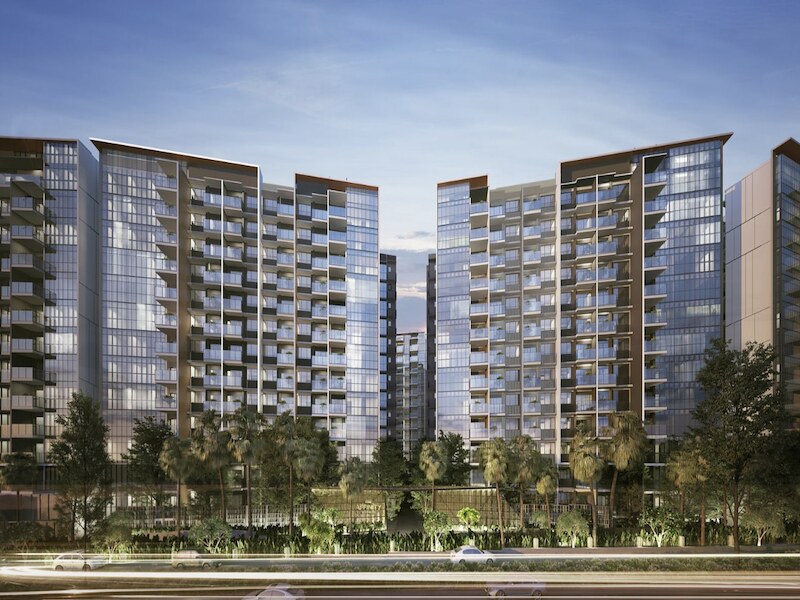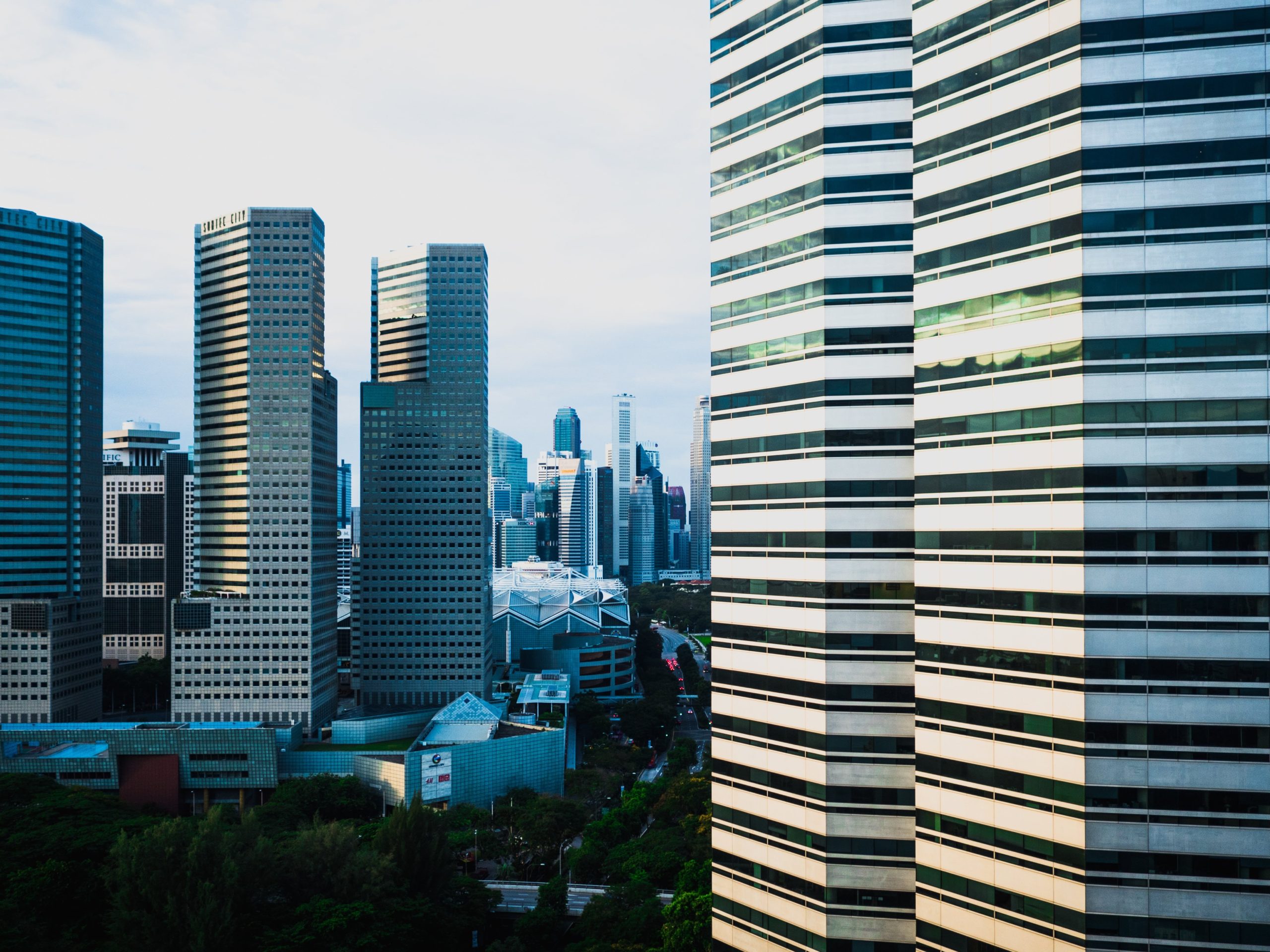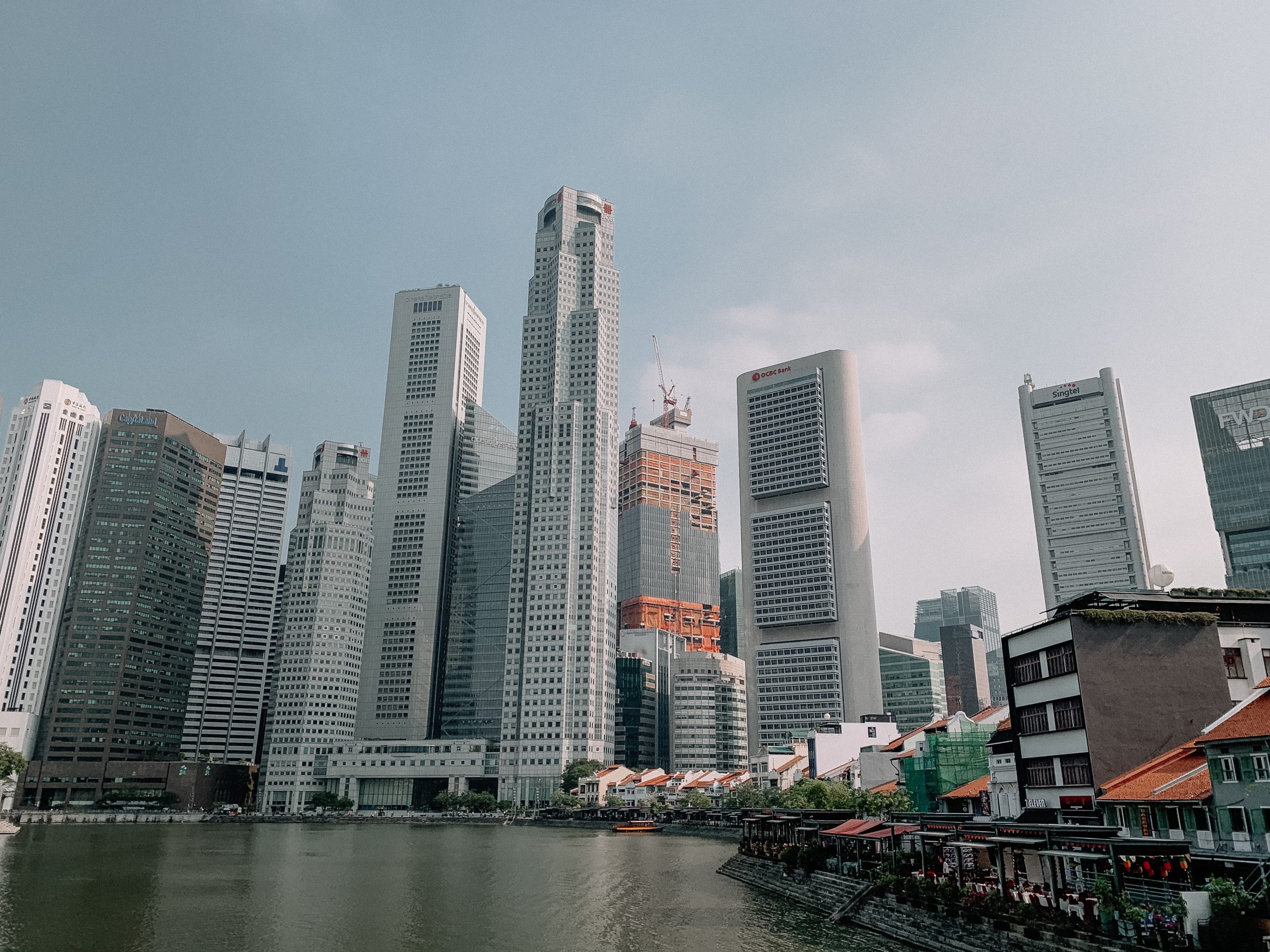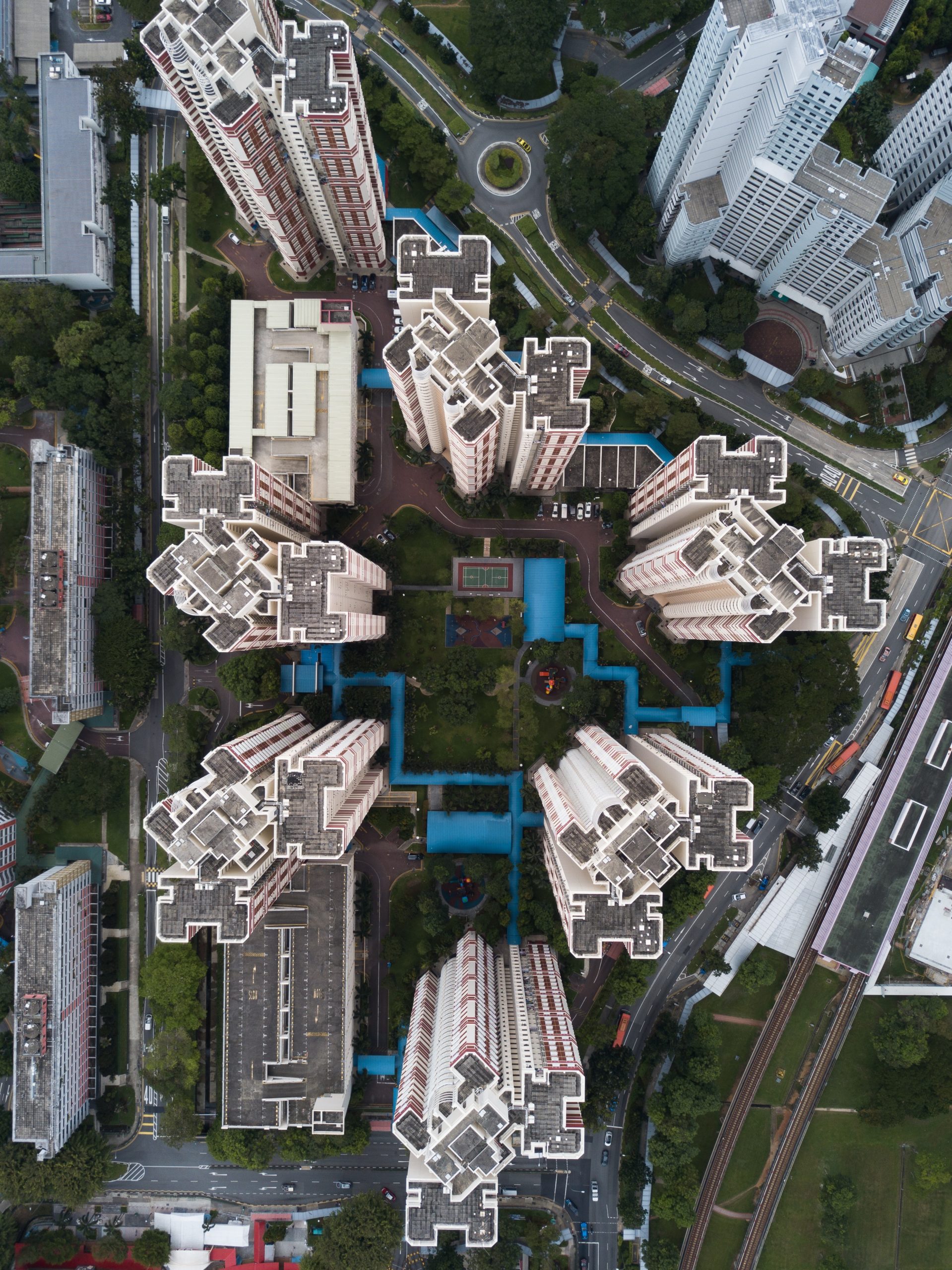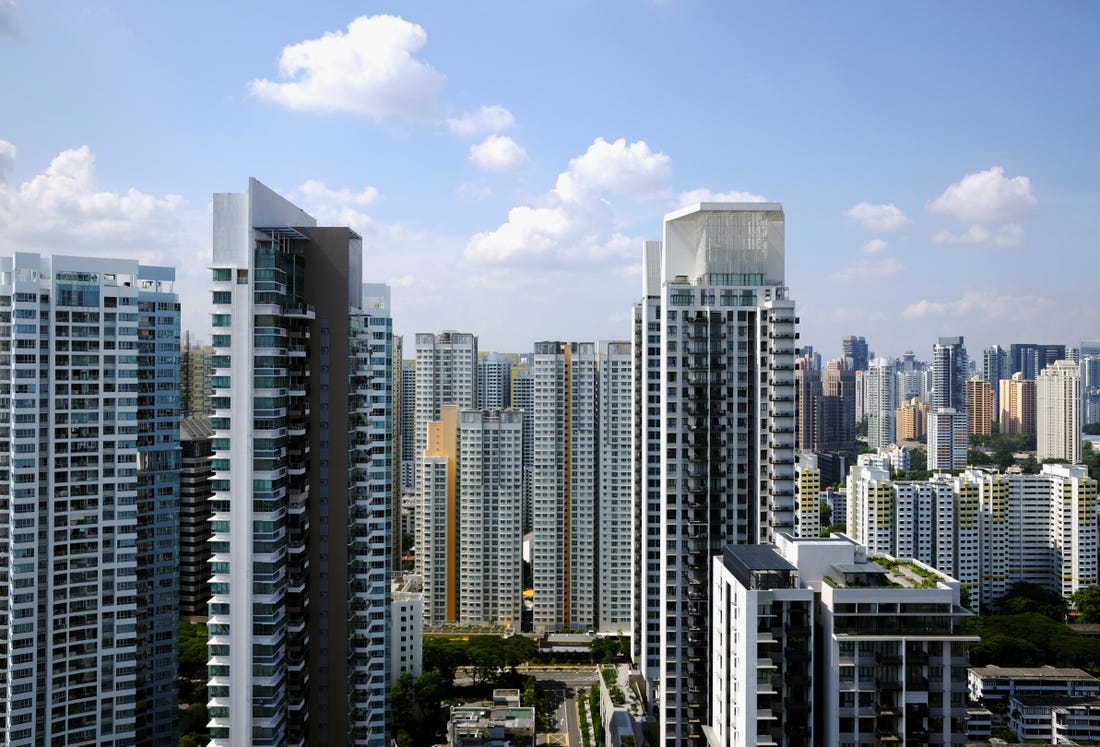When the COVID-19 pandemic first hit, bringing with it the promise of an economic recession, the property market was expected to tank. After all, with Singapore residents tightening their belts, buyers would have been more cautious about committing to a purchase.
But against all odds, the property market proved surprisingly resilient, bouncing back strongly after a short slump at the beginning of the pandemic, primarily due to strong demand for private property.
Landed Property Sales Stronger than Ever
Based on Q1 2021 real estate statistics published by the Urban Redevelopment Authority (URA), the price index for all residential properties rose from 157.0 in Q4 2020 to 162.2 in Q1 2021, a +3.3% increase.
Landed property provided an outsize contribution to these figures, with the price index for landed property rising from 173.8 to 185.4 over the same period, a 6.7% increase. This increase was partly due to landed property enjoying a significant percentage increase in transaction volumes in the past year.
By contrast, the price index increase for non-landed property from 153.3 to 157.1 resulted in a percentage change of just 2.5%.
It can thus be seen that landed property prices increased much more sharply than non-landed property prices in general, and that the overall price index increase was driven partly by landed property transactions.
But why are buyers flocking to landed property in this pandemic? Here are some reasons that could explain why that is happening.
Increased Optimism amongst Affluent Buyers
The pessimism at the start of the pandemic has dissipated for a number of households. Many Singapore residents were hit with job loss in 2020, with foreigners bearing the brunt of the retrenchments, but many affluent or high-earning residents emerged relatively unscathed.
The effect of the recession on incomes has not been even across the board. Certain sectors such as travel, tourism and retail have been more severely affected, and vulnerable groups have included freelancers, gig workers and workers in the service industry.
However, there are actually many other industries that have prospered during the pandemic. For example, digital and data services, essential retail businesses, finance and insurance sectors and more.
Hence, there is likely to be a large market of affluent buyers, and it is likely to be these people who purchased private properties over the past year.
With the arrival of vaccines on the scene and a strong rebound predicted for the economy, many affluent buyers are feeling optimistic about the future of their finances. For these buyers, the pandemic has been a great time to pick up a new home or an investment property at a steal before economic growth starts to pick up again.
Desire for More Spacious Dwellings
The COVID-19 pandemic has had Singapore residents spending more time than ever at home. With an increase in working from home and the announcement by the Ministry of Education that home-based learning will be continued in some capacity even after the pandemic, having a spacious home has never been as attractive.
Furthermore, haunted by the spectre of the Circuit Breaker period in 2020 when everyone was forced to stay home, Singapore residents now have a stronger need for personal space. More bedrooms, more spacious common areas and a garden are now even more attractive as they are seen as beneficial to mental health.
Less Concern about Accessibility to the City Core
Lack of accessibility by public transport, which has traditionally been one of the biggest drawbacks for landed property dwellers, is now less important due to the reduced commuting afforded by home-based working and learning.
This sentiment is also reflected in the relative success of Rest of Central Region non-landed private properties, which enjoyed a 6.1% increase on the price index over the last quarter. By contrast, the Core Central Region only saw a very modest increase of 0.5%.
This suggests that Singapore buyers may be increasingly less concerned about proximity to the city core, possibly because of the rise of working from home.
Greater Desire for Privacy
The COVID-19 pandemic has brought about a greater desire to escape the crowds. With bigger condo developments housing thousands of people, condo dwellers are forced to come into contact with many people on a daily basis.
For instance, crowds are unavoidable in the lift during the morning rush hour, and there may also be competition for common areas such as the gym, swimming pools and playgrounds.
In addition, there have also been concerns about hygiene, particularly contamination of lift buttons, playgrounds, pools and gyms.
The privacy and freedom of living in landed property is thus more coveted than ever by those wishing to avoid contact with other residents.
Less Affected by COVID-19 Restrictions
Tensions ran high during the Circuit Breaker period, with some condominium residents getting slapped with fines for flouting COVID-19 measures by using the pool or not wearing a mask in the common areas. Residents were not even allowed to exercise or walk their dogs in their condo’s common areas.
While the Circuit Breaker period has been reduced to a bad memory, mask wearing is still required in common areas at condos, and condo residents also face scrutiny over social visits and risk being reported to the police by other residents.
In contrast, landed property residents enjoy far fewer restrictions as they are free to use their gardens and enjoy any on-site facilities without having to wear a mask. Dog owners can also exercise their pets more conveniently, either in their own garden or on the street outside.
With a bigger space to enjoy and fewer neighbours within close proximity, residents are also less likely to encounter complaints from others in the neighbourhood when entertaining at home.
Are Landed Houses the Perfect Home in the Current Climate?
The COVID-19 pandemic has not only thrown into sharp relief the luxuries landed property dwellers enjoy but also rendered high-rise living more stressful and restrictive. Just as there has been an exodus of city dwellers to rural areas in bigger nations, Singaporeans are likewise reexamining their definition of an ideal home. With landed property looking more attractive than ever compared to condos, it is unsurprising that buyers with deep pockets are increasingly opting for the former.
Source: https://www.propertyguru.com.sg/property-guides/landed-property-growing-in-popularity-47730?utm_source=cmt_braze&utm_medium=edm&utm_campaign=sg-pg-consumer-newsletter-nlcc-enga-edm-cmt-20210507&utm_content=active—article2-btn






